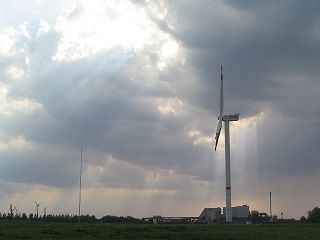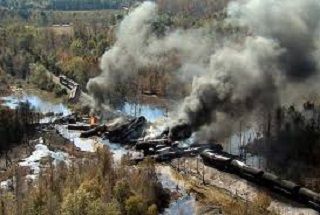More on Wind’s Energy Return on Energy Investment

I am very, very skeptical about numbers you quoted for wind (15:1 to 30:1). Lots of really bright people are wrong about some things. (more…)

I am very, very skeptical about numbers you quoted for wind (15:1 to 30:1). Lots of really bright people are wrong about some things. (more…)

Craig, have you ever looked into the CO2 burden that wind has before any blades have turned once? I mean the CO2 produced when all the steel and concrete is made for wind turbines! Also, I am talking about the CO2 made putting in roads and the transmission lines too.
(more…)

The problem I have is that he likes to belittle solar and wind in order to strengthen his argument for nuclear. Here’s what I sent him and his team of 80 – 100 earlier today:
Sorry, Alex, I have a great deal of respect for you, but this concept that variable sources of energy like solar and wind have little, zero, or even negative value is not correct. (more…)

However, the pressure of rising to meet energy targets should not fall solely with top management, but rather everyone in the office can play a significant role in reducing your business’s energy use. (more…)

As the title of the book implies, I have reason to be “bullish” on the concept that renewables (along with energy efficiency, storage, smart grid, etc.) will make fossil fuels obsolete far faster than most people predict. I admit that I’m not alone in this belief; in fact, here’s an article from a very senior observer whose concept is “How Solar Power Could Slay the Fossil Fuel Empire By 2030.”

The plant designs currently in operation and planned for construction for grid-commercial purposes are inherently unsafe, and not especially cost effective. The waste from the current designs is also an ongoing and unresolved danger….There are extremists on all sides of this issue, and I don’t count either of us in that group… I’m not concretely certain where the line should be drawn in encouraging threat awareness on this subject.
Let me start off with a statement that I know is controversial: “encouraging threat awareness” of scientifically uninformed people poses its own threats, and these latter threats may, ironically, be worse than the former. (more…)

You may be thinking what I was: define “burning.” They can’t mean “incineration,” can they? Just burn a feedstock whose combustion will choke the skies with poisons the levels of which far exceed what would happen if they were to burn wood? That seems so unlikely, since laws were passed half a century ago outlawing things like this.
The other day a reader asked me about my use of photography on this blog. I responded that I usually spend at least a minute or two looking around before I make a selection—on the basis that a good photo might encourage people to read the post, and perhaps to pass it on to friends. Even more importantly, it often helps me communicate my point.
On a search for a shot of solar PV earlier today I came across this—the gratuitous sexy girl selling whatever it happens to be today, in this case, a solar panel. I guess the thinking is: if it works for beer and auto parts, it will work for renewable energy too.


Towards the end of the piece they clarify that the levels are less than 1/1000th a concentration that would still be considered harmless.
Given that, it seems irresponsible to scare people and turn them off to an entire industry—one that will quite probably prove necessary to help this planet turn the corner on the very well-known and well-understood catastrophe of fossil fuels.